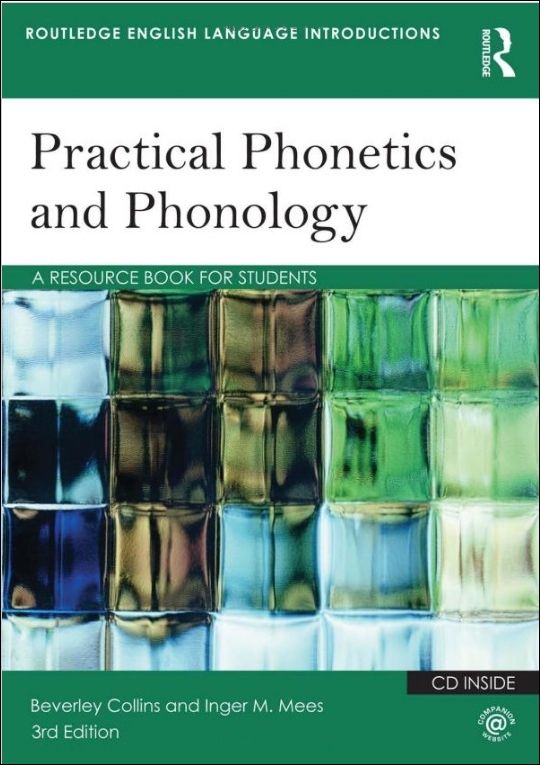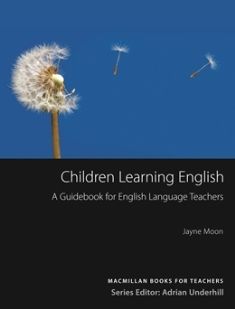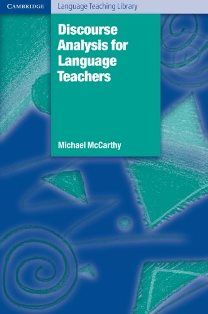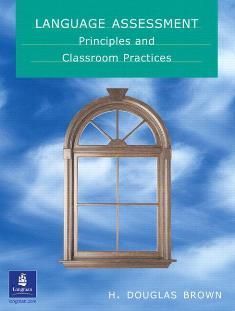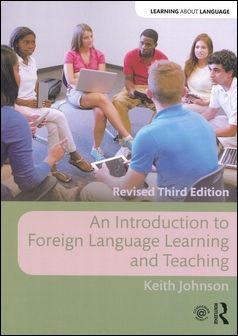書籍分類
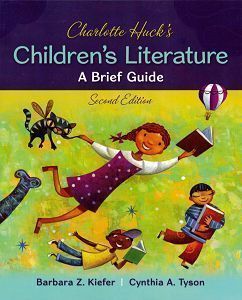
Charlotte Huck's Children's Literature: A Brief Guide 2/e
作者:Barbara Z. Kiefer, Cynthia A. Tyson
原價:NT$ 2,000
ISBN:9780078024429
版次:2
年份:2014
出版商:McGraw-Hill
頁數/規格:392頁/平裝彩色
版次:2
年份:2014
出版商:McGraw-Hill
頁數/規格:392頁/平裝彩色
內容介紹 本書特色 目錄 作者介紹
- Description
Now in its second edition, Charlotte Huck’s Children’s Literature: A Brief Guide provides essential information for designing pre-K-to-8 literature programs. Expertly designed in a vibrant, full-color format, this streamlined text has a strong emphasis on researching, evaluating, and implementing quality books in the classroom—the critical skills needed to search for and select literature. This resource gives readers the tools they need to evaluate books, create curriculum, and foster a lifelong love of reading for students.



